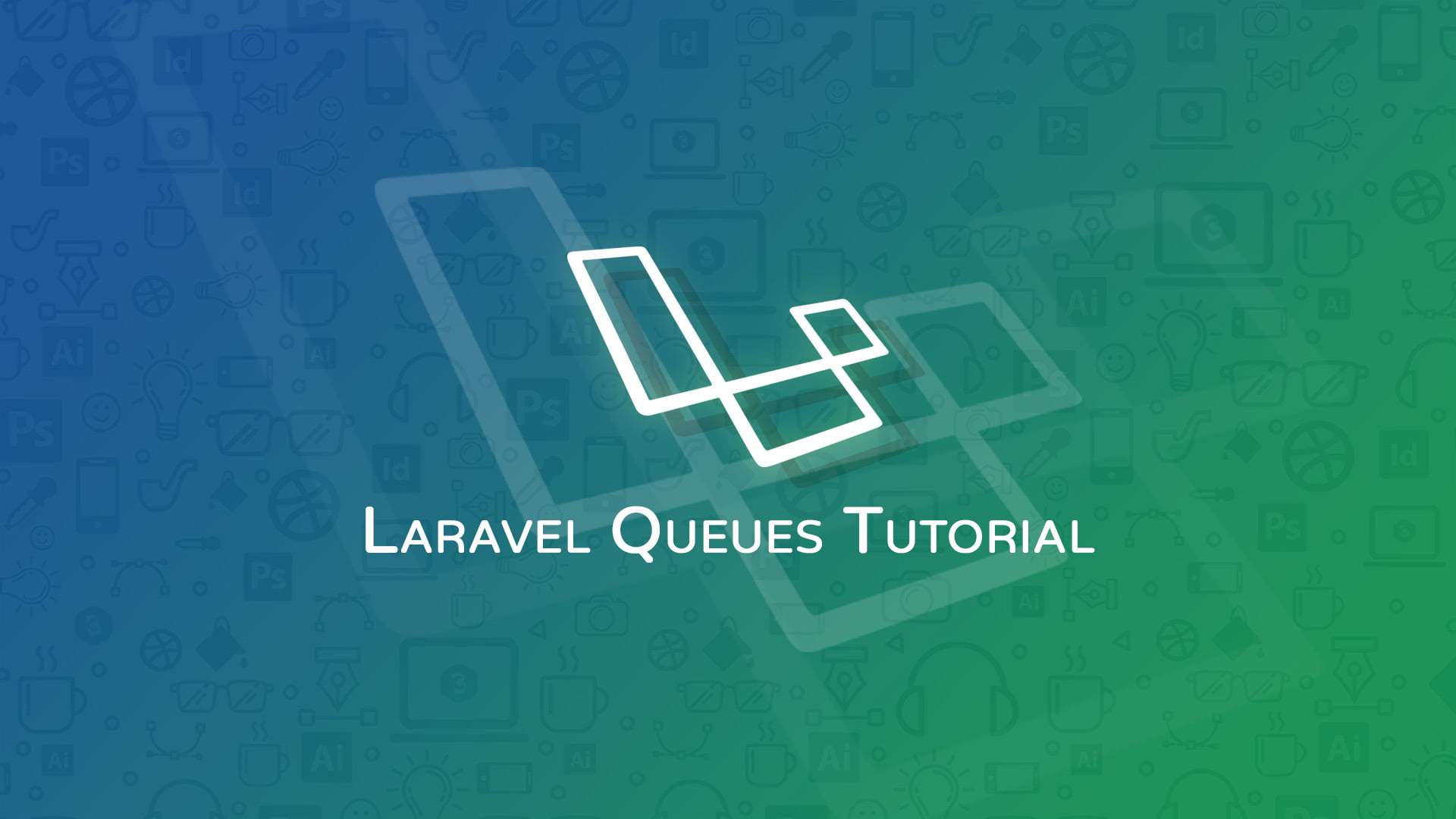Introduction to Socket.IO in PHP
- Socket.Io Is A Popular Library That Enables Real-Time, Bidirectional Communication Between Clients (Such As Web Browsers) And Servers Over Web Sockets. It Simplifies The Process Of Building Applications That Require Instant Data Updates, Such As Chat Applications, Real-Time Dashboards, Online Gaming, And Collaborative Tools.
Socket.IO Features
- Real-time Communication:
- Socket.IO establishes a persistent connection between the client and server, allowing real-time data exchange without the need for frequent page reloads.
- Event-Based Architecture
- Communication in Socket.IO is based on events. Clients can emit events to the server, and the server can emit events to clients, enabling them to exchange data and notifications.
- Broadcasting
- Socket.IO allows the server to broadcast messages to all connected clients or to specific clients, enabling group communication and updates.
- WebSocket Support
- Socket.IO utilizes the WebSocket protocol, which allows for full-duplex communication between the client and server. This enables real-time data exchange without the overhead of traditional HTTP requests and responses.
Socket.IO Real-World Scenarios
- Real-Time Chat Applications
- Socket.IO is frequently used to build real-time chat applications where users can exchange messages instantly. It’s well-suited for both one-on-one conversations and group chats.
- Real-Time Notifications
- Websites and applications that need to provide users with real-time notifications, such as social media platforms, messaging apps, or news websites, can utilize Socket.IO to push notifications to users as they happen.
- Live Sports and Events Updates
- Websites and apps focused on delivering live updates for sports events, conferences, or other time-sensitive occurrences can utilize Socket.IO to keep users informed as events unfold.
- Financial Trading Platforms
- Real-time financial trading platforms require immediate updates on stock prices and market changes. Socket.IO can be used to deliver these updates to traders and investors in real time.
- Live Auctions and Bidding
- Online auction platforms can use Socket.IO to display live bids and updates during an auction, creating a dynamic and competitive atmosphere for bidders.
- Live Customer Support
- Online customer support chat systems can use Socket.IO to facilitate instant communication between customers and support agents, improving response times and overall user experience.
Example: Implement Real time chat application using socket.io in PHP
- Project Structure Setup
- Create a new project folder
- Inside the project folder, create the following files:
- index.php: Frontend HTML.
- style.css: Frontend CSS.
- script.js: Frontend JavaScript.
- server.js: For Socket.js (server-side code).
- Installing Required Dependencies: (go to the project root directory in Terminal)
- Install Composer dependencies
- composer install
- Install Node.js (if not already installed) from nodejs.org
- Install npm
- Npm Is Nodejs Package Manager Which Downloads And Manage pacakges. Install npm package if you don’t have.
- npm install
- Install Composer dependencies
- Install Express.js
- Express.js is Node.js web application backend framework building web applications and API.
- npm install express
- Install Socket.IO
- npm install socket.io
Creating some files
- index.php
<!DOCTYPE html>
<html>
<head>
<title>Chat App Using Socket.io</title>
<!-- Fonts -->
<link href="https://fonts.googleapis.com/css2?family=Nunito:wght@400;600;700&display=swap" rel="stylesheet">
<link rel="stylesheet" href="https://cdn.jsdelivr.net/npm/bootstrap@4.5.3/dist/css/bootstrap.min.css" integrity="sha384-TX8t27EcRE3e/ihU7zmQxVncDAy5uIKz4rEkgIXeMed4M0jlfIDPvg6uqKI2xXr2" crossorigin="anonymous">
<link rel="stylesheet" type="text/css" href="style.css">
</head>
<body>
<div class="container">
<div class="chat-row">
<div class="row chat-section">
<div class="chat-box">
<div class="chat-input bg-primary" id="chatInput" contenteditable=""></div>
</div>
</div>
<div class="row chat-content">
<ul></ul>
</div>
</div>
</div>
<script src="https://code.jquery.com/jquery-3.7.0.js" integrity="sha256-JlqSTELeR4TLqP0OG9dxM7yDPqX1ox/HfgiSLBj8+kM=" crossorigin="anonymous"></script>
<script src="https://cdn.socket.io/4.6.0/socket.io.min.js" integrity="sha384-c79GN5VsunZvi+Q/WObgk2in0CbZsHnjEqvFxC5DxHn9lTfNce2WW6h2pH6u/kF+" crossorigin="anonymous"></script>
<script type="text/javascript" src="app.js"></script>
</body>
</html>- style.css
.chat-row{
margin:50px;
}
ul{
margin: 0;
padding: 0;
list-style: none;
}
ul li{
padding: 8px;
background: #928787;
margin-bottom: 20px;
border-radius: 10px;
}
ul li:nth-child(2n-2){
background: #c3c5c5;
}
.chat-input{
border: 1px solid lightgray;
border-radius: 10px;
padding: 6px 280px;
color: #fff;
margin-bottom: 20px;
}- script.js
$(function() {
let ip_address='127.0.0.1';
let socket_port='3000';
let socket=io(ip_address+':'+socket_port);
//socket.on('connection');
let chatInput=$('#chatInput');
chatInput.keypress(function(e){
let message=$(this).html();
console.log(message);
if(e.which === 13 && !e.shiftkey){
socket.emit('sendchatToserve',message);
chatInput.html('');
return false;
}
});
socket.on('sendchatToclient',(message)=>{
$('.chat-content ul').append(`<br><li>${message}</li>`);
});
});Creating Socket Server (server.js): server.js
- Realtime chat message logic added in server.js file.
const express = require('express');
const app = express();
const server = require('http').createServer(app);
const io = require('socket.io')(server, {
cors:{origin:'*'}
});
io.on('connection', (socket) => {
console.log('connection');
socket.on('sendchatToserve',(message)=>{
console.log('message');
// io.sockets.emit('sendchatToclient',message);
socket.broadcast.emit('sendchatToclient',message);
});
socket.on('disconnect',(socket) => {
console.log('disconnect');
});
});
server.listen(3000,()=>{
console.log("server is runnig");
});Testing the application
- For a test application, you need to start Node.js server using below command
- node server
- Now open your two different browsers, with your localhost URL like : http://localhost/project_name
Demo Image


